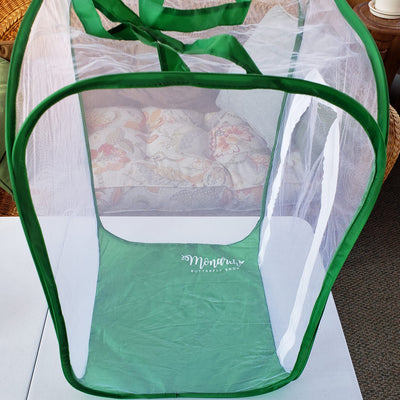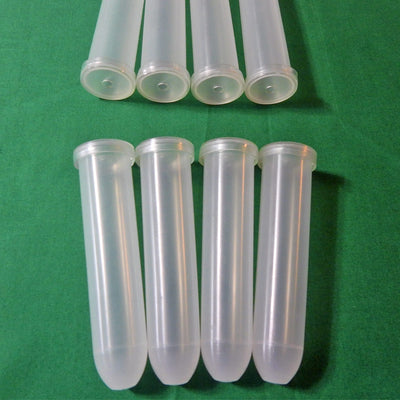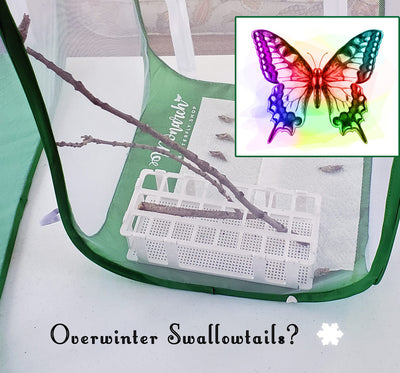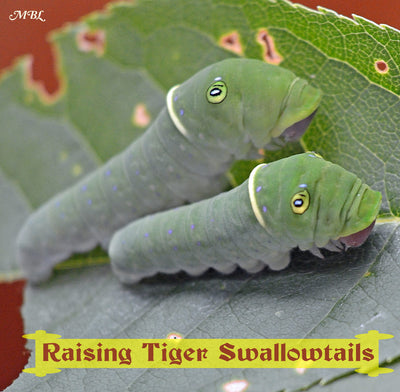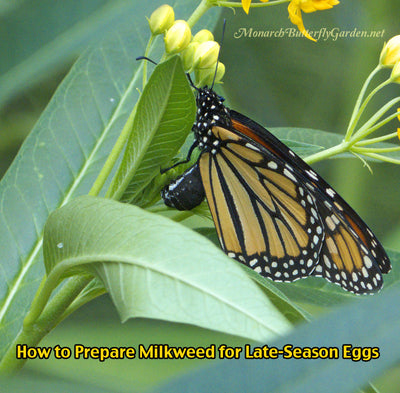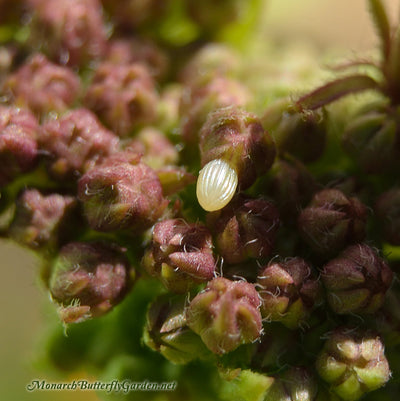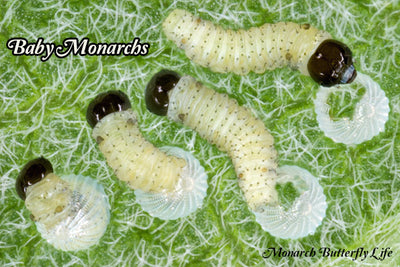Raising Butterflies Blog
Raising Hope for the 2014 Monarch Migration- Raise The Migration 2 Results

Raise The Migration 2 is a North American challenge to raise monarch butterflies to release for the 2014 monarch migration. If you’re interested in joining us, you can still sign up through October 2014.

The raising season is coming to an end, so it’s time to report how many butterflies you released for the 2014 monarch migration…we’d also like to know what you’ve learned through this amazing experience!
If you’ve still got some raising to do, raise on! But please report your final results on the bottom of this page after you’ve released your last butterfly.
It seems like just yesterday, I was worrying about whether or not the monarchs would leave a final batch of migration eggs in our butterfly garden…
Migrating mothers eventually left me 20, after I had received 19 raise insurance eggs from Rose Franklin’s Perennials. Since the batch from Rose and our final eggs were two weeks apart, I am only including Rose’s eggs plus 3 caterpillars I found outside that are about the same age.
I raised the caterpillars inside a kritter keeper and later switched over to a mesh cage. You can check out both of these cages and find other raising supplies on the Raise The Migration Supplies Page.
I created Raise The Migration so I could share the raising techniques that have helped me to largely avoid monarch disease and death, so that you can raise healthier monarchs too! It’s my goal to help everyone achieve at least a 90% survival rate for raising monarch butterflies through both Raise the Migration and with my recently republished Monarch Raising Guide:

You can get more info about this guide or buy it here
Raise The Migration 2014 Results
Last year, the raise yielded a perfect crop of migration monarchs. This year, there were some minor complications…
Caterpillar Escapes
The two cages I use are pretty much escape proof. I did, however, cover the roof of the kritter keeper with pantyhose. Not even a day-old caterpillar can slip through those!
Caterpillar Disease
1. Frickin’ flies!
One of the chrysalides started to darken just a couple days after pupation. I isolated it by rehanging under a cupboard. A couple days later, a maggot was crawling around a container I had placed under it.
LESSON: If you bring in caterpillars there is always a risk of parasites. However, they are easy to dispose of and they don’t hurt your other caterpillars. I would say about 85% of our Minnesota caterpillars brought inside are tachinid-free. If you can’t handle the disappointment, than stick to monarch eggs.
Caterpillar Accidents
2. A Smashing Shame
At this point in my raising career, accidents are almost always the cause of caterpillar deaths, and this one was no different. I was moving around the cuttings containers. A caterpillar was sitting on one in plain view. About a minute later I lifted that container pressing my finger right into the caterpillar that had not moved an inch. He expelled a little green fluid, but I didn’t technically smash him…I was hopeful he would be OK.
Unfortunately, he never ate again after that and 3 days later I euthanized the poor cat.
LESSON: Pay attention to caterpillar location and don’t rush to clean the cage.
3. Four Foot Fall
One day, while I was cleaning inside the mesh cage, two caterpillars started pupating. I continued to clean since I was 4 feet below them and not moving the cage. The one right above me fell while I was cleaning. In 30+ years of raising, I have never had a chrysalis fall. Was there a problem with the caterpillar? Did I distract the caterpillar?
I scraped some silk from the top of the cage and stuck it to the top of the black cremaster. I taped the chrysalis by the thread (under a cupboard with a fluffy towel underneath) and let the monarch finish shaping and drying its chrysalis. It had some dark spots from the fall, but the chrysalis still formed normally. The next morning, I looked under the cupboard where I hung it, and it was totally sunk in. I took it down and euthanized. Even if it was still alive, the butterfly would not have ended well.
LESSON: If caterpillars ever start to pupate while cleaning the cage, wait until they are finished!
The final raise results are based on 21 monarchs. I don’t count tachinid fly deaths in the stats because there is nothing I can do to stop them except for leaving cats outside to fend for themselves. In the prior two seasons, there have been no monarch deaths by parasites.
Final Results
19 monarch butterflies hatched between September 7- September 14
14 of those monarchs hatched on September 8-9
The hatching began and ended with female monarchs…just like last year!
2 accidental deaths
9 healthy males
10 healthy females
90% survival rate
Most of these monarchs had a garden full of migrating monarchs to welcome them upon release. These are some of the migration guides that started them off to Mexico just a couple days later:
Minnesota Migrators Fueling Up
Even though my personal results were worse than the past two seasons raising migration monarchs, this season has been a huge success with the most monarchs I’ve seen in our garden since 2011. But more importantly…
Your Results?
Please share your results below by letting us know how many monarchs you released to help boost the struggling monarch population. Also, please share the most valuable lesson(s) you learned about raising migration monarchs. Thank you for helping to Raise the Migration!


